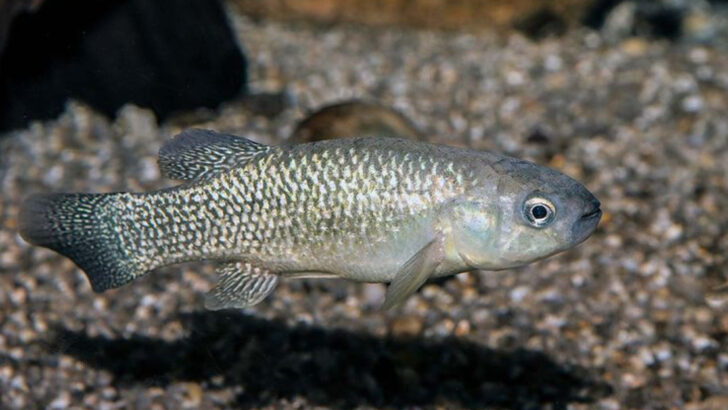Some of the fiercest defenders of America’s waterways are no bigger than your finger.
No filters. No machinery. Just tiny, tireless fish doing the dirty work we barely notice.
They dart through streams like underwater janitors, scrubbing algae, eating parasites, and breaking down muck—one nibble at a time.
And while tech companies chase sleek machines and flashy solutions, nature’s already solved the problem. With gills.
These miniature marvels aren’t flashy.
They don’t hum or beep or come with an app.
But put them in the right place, and they’ll outclean anything man-made.
It’s time we gave these aquatic unsung heroes their due.
Here are 12 small fish with a big job—quietly saving America’s rivers, lakes, and streams, one mouthful at a time.
Sunfish
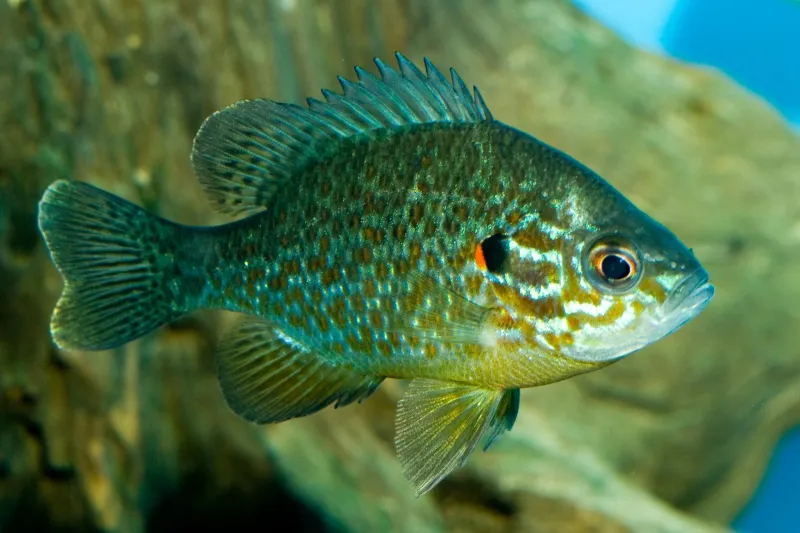
Sunfish, often seen darting through clear waters, are champions of aquatic cleanliness. Their diet consists of algae, insects, and small invertebrates, contributing significantly to water clarity.
This colorful fish is not just a feast for the eyes; its feeding habits help control invasive species, making it a crucial part of the ecosystem. Its ability to thrive in various environments highlights its adaptability.
Sunfish provide both beauty and function, proving that small creatures can have a big impact on keeping waterways clean.
Minnows
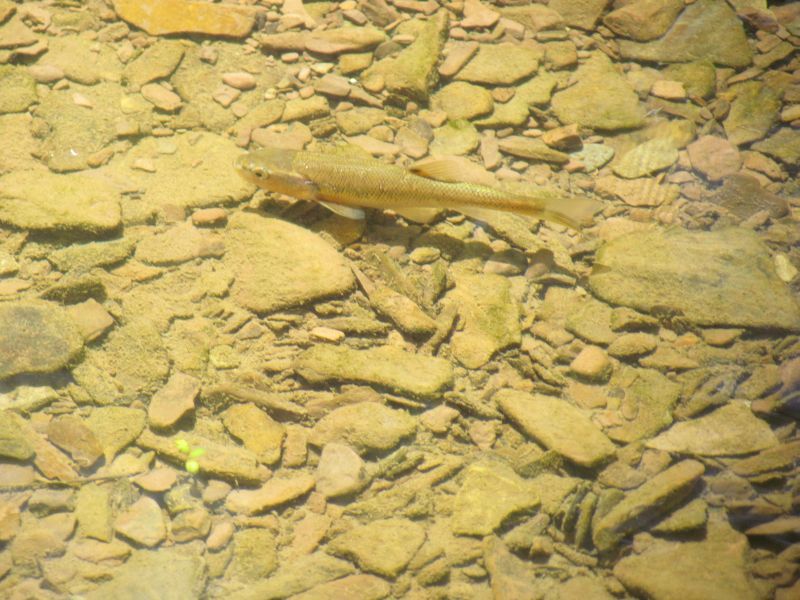
Minnows, with their shimmering presence, are more than just bait fish. They play a vital role in controlling algae growth by feeding on algae and detritus, thus improving water quality.
These tiny swimmers are often found in schools, creating a mesmerizing underwater dance. Their communal lifestyle aids in balancing the ecosystem by serving as prey for larger species.
Minnows are indispensable in the aquatic food chain, ensuring the well-being of their watery habitats.
Sculpins
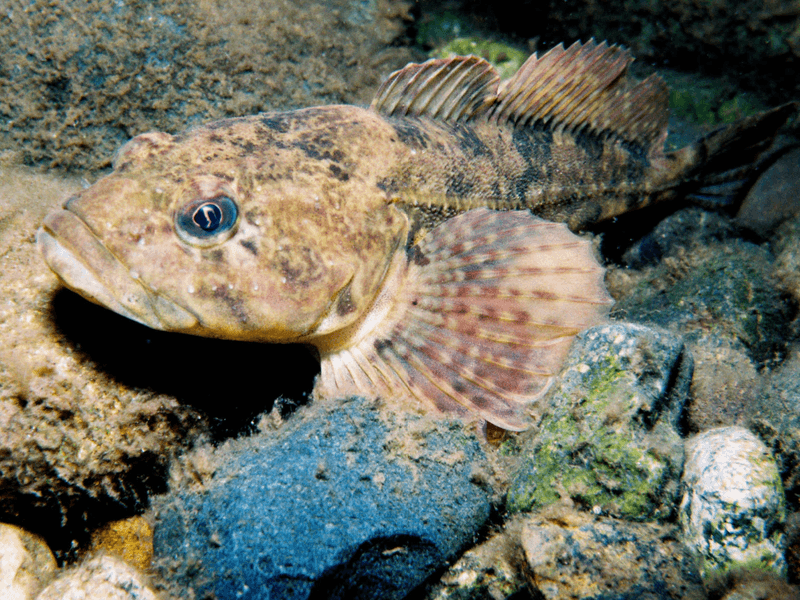
With a distinctive, flattened body, sculpins are masters of disguise. They inhabit the rocky bottoms of streams and rivers, contributing to water purification by consuming insect larvae and detritus.
These fascinating fish are known for their ability to adapt to various environmental conditions. Their role in controlling pest populations is vital to maintaining ecological balance.
Sculpins’ unique behaviors and feeding habits make them essential for a healthy waterway ecosystem.
Darters
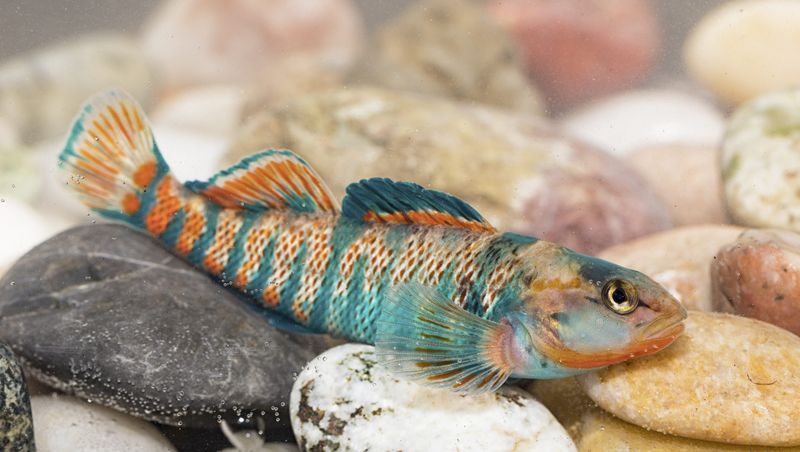
Darters, named for their swift movements, are skilled at navigating the currents of fast-flowing streams. Their vibrant colors make them a delightful sight in the water.
By feeding on small insects and larvae, darters help keep waterways clear and free from excess organic material. Their rapid swimming aids in oxygenating the water, benefiting other aquatic life.
Their presence is a mark of a thriving, clean aquatic environment, as they prefer unpolluted waters.
Shiners
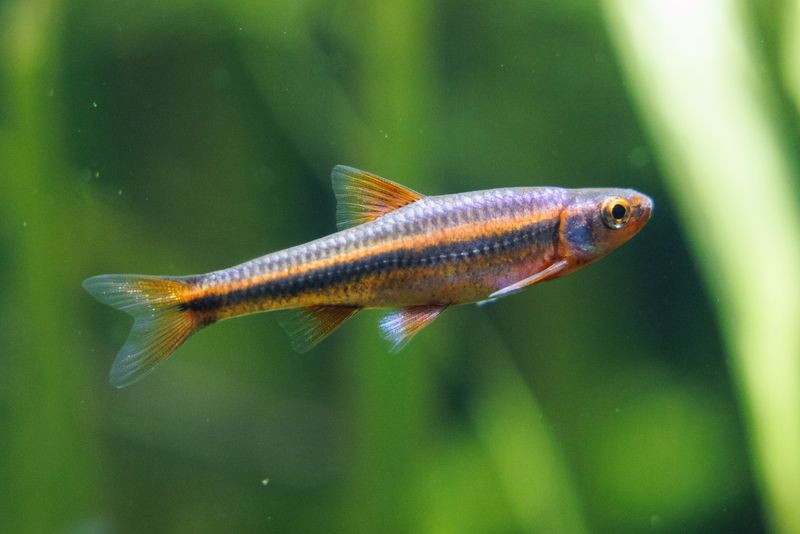
Shiners are small, reflective fish known for their silvery appearance. Their diet consists of plankton and small insects, contributing to the natural filtration of water.
These fish often form large schools, enhancing their ability to clean large areas effectively. Their presence in waterways indicates healthy ecosystems.
Shiners’ reflective beauty and ecological service make them vital in maintaining the purity of U.S. waterways.
Killifish
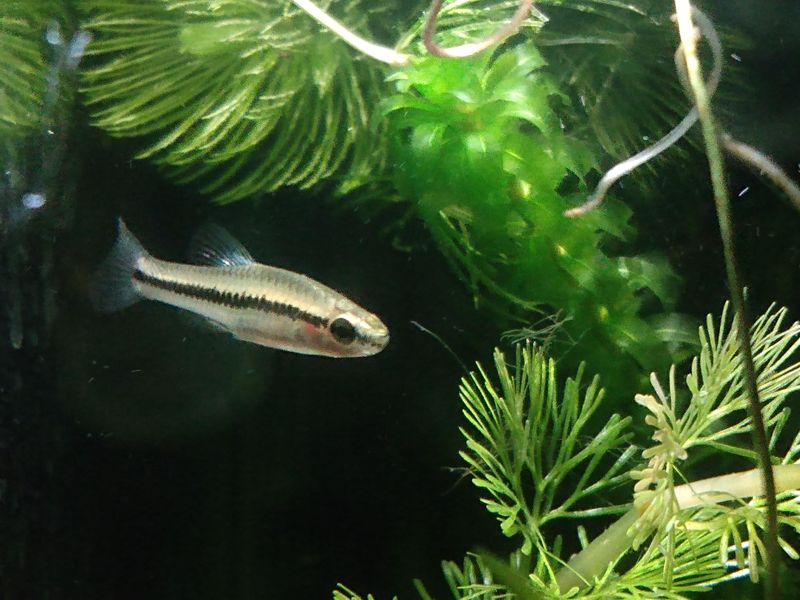
Killifish, with their striking hues, are not only visually appealing but also crucial for water quality management. They thrive in various habitats, feeding on mosquito larvae and algae.
This adaptability allows killifish to control pest populations and prevent the spread of diseases such as West Nile Virus. Their role extends beyond cleaning to enhance public health.
Killifish are a vibrant force in the fight against water pollution, blending beauty with ecological function.
Sticklebacks
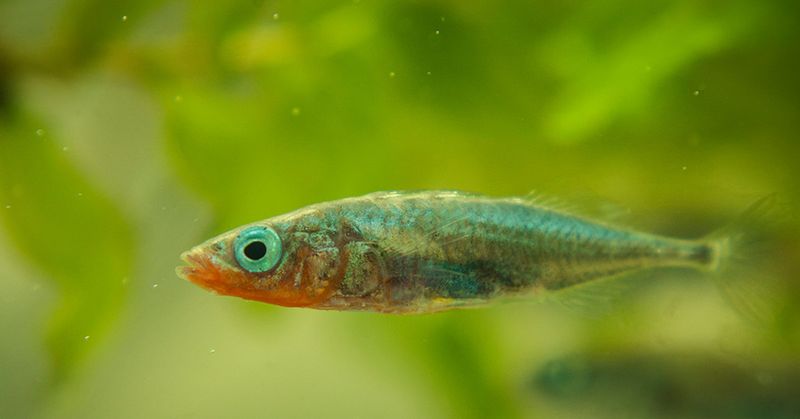
Sticklebacks are unique fish known for their spiny fins and intriguing behaviors. They inhabit shallow waters, where they feed on small invertebrates and plant matter.
This diet helps maintain water clarity by controlling algae and detritus levels. Their nesting habits also contribute to the aquatic environment’s complexity.
Sticklebacks’ quirky appearance and ecological role make them vital players in the maintenance of clean waterways.
Goby Fish
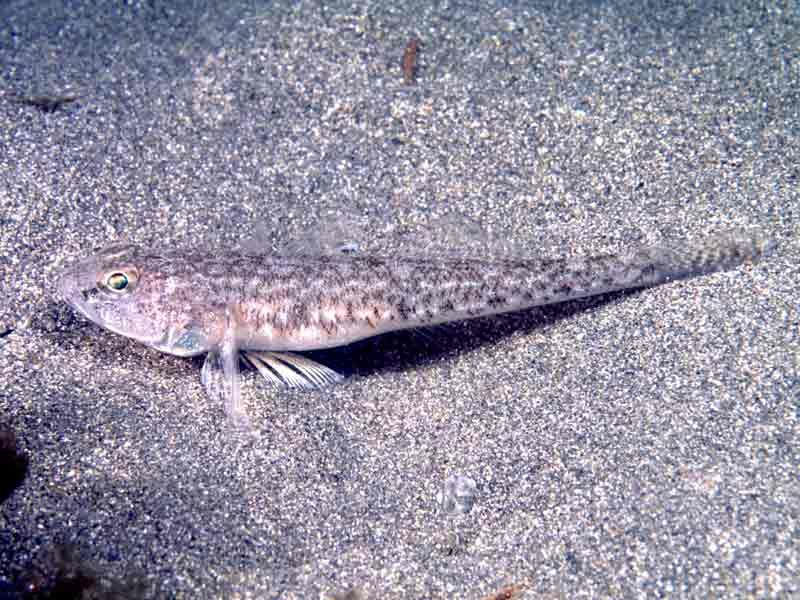
Gobies, small but industrious, are often found in sandy or muddy bottoms of rivers and lakes. They consume detritus and small organisms, aiding in the natural cleaning process.
Their burrowing behavior aerates the substrate, promoting the growth of beneficial bacteria that further purify the water. Gobies’ adaptability allows them to thrive in various conditions.
These fish exemplify the hidden heroes of waterway maintenance, ensuring clarity and quality.
Blenny Fish

Blennies, with their curious nature, are often seen peeking out from rocky crevices. They play a significant role in controlling algae growth by feeding on it directly.
Their interaction with the underwater environment helps maintain healthy coral and rock surfaces. The presence of blennies often signifies clean, well-balanced waters.
Their quirky personalities and essential ecological contributions make blennies indispensable in waterway maintenance.
Mummichog
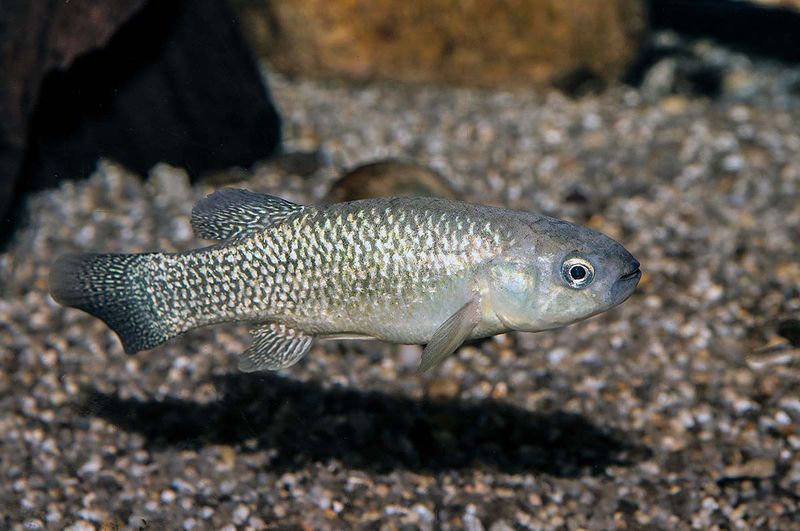
Mummichogs are resilient fish found in tidal marshes and estuaries. They are capable of surviving in varying salinities, making them versatile in water purification.
By feeding on detritus and invertebrates, mummichogs help control excess nutrients and organic matter, enhancing water quality. Their adaptability aids in diverse ecological functions.
These hardy fish are crucial for maintaining balance in fluctuating environments like marshes.
Banded Pygmy Sunfish
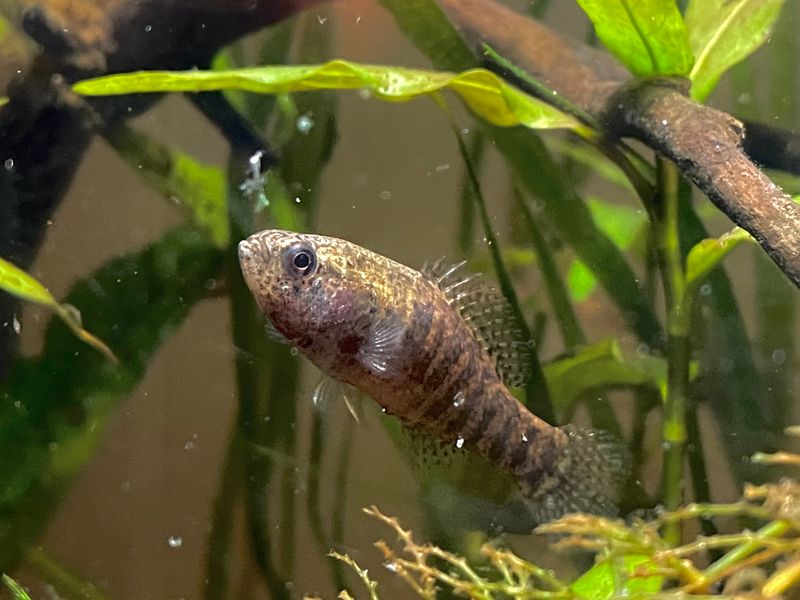
The banded pygmy sunfish is a small, vividly striped fish that inhabits vegetated ponds. Its diet of insect larvae and small crustaceans helps keep the water clear.
Despite its size, it plays a crucial role in controlling pest populations and maintaining ecological balance. Its preference for clean waters makes it an indicator of healthy ecosystems.
This tiny sunfish’s beauty and functionality highlight the importance of small fish in waterway health.
Mosquitofish
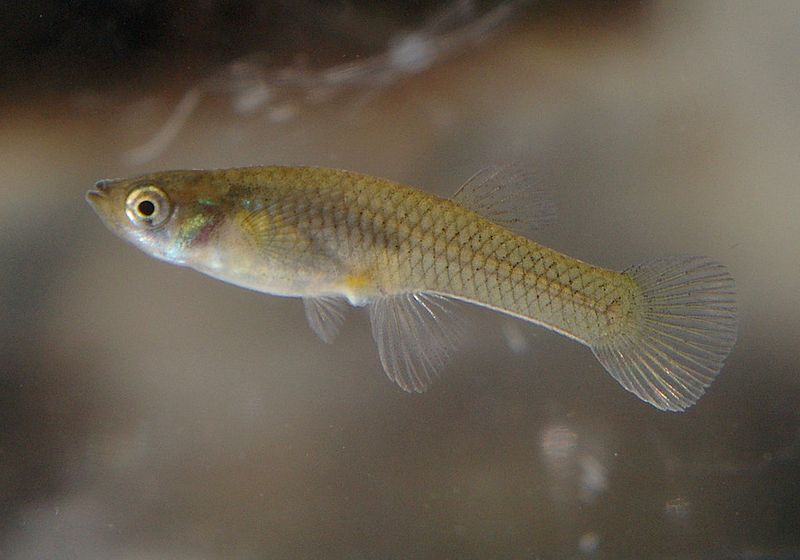
Mosquitofish are renowned for their ability to control mosquito populations by consuming larvae. This natural pest control method reduces the need for chemical interventions.
Their diet also includes algae and detritus, further contributing to water purification. Mosquitofish thrive in various environments, demonstrating remarkable adaptability.
These fish are vital for both ecological balance and public health, making them indispensable in U.S. waterways.

